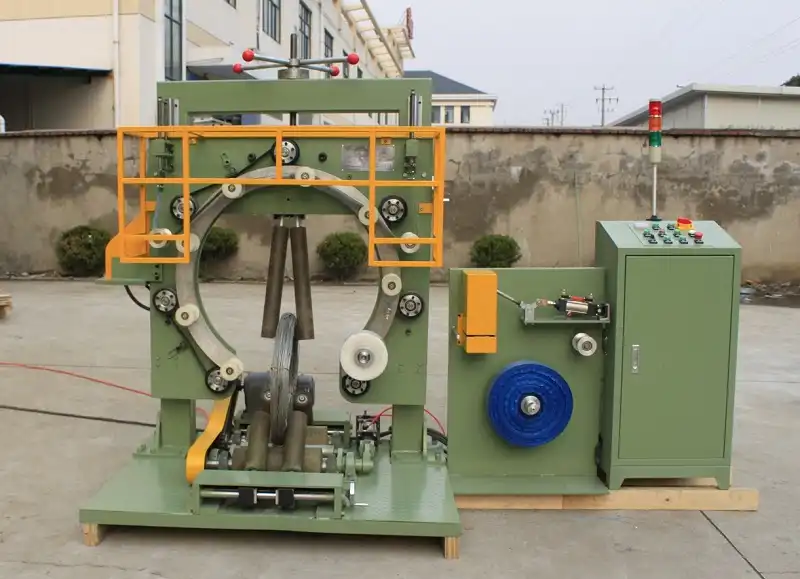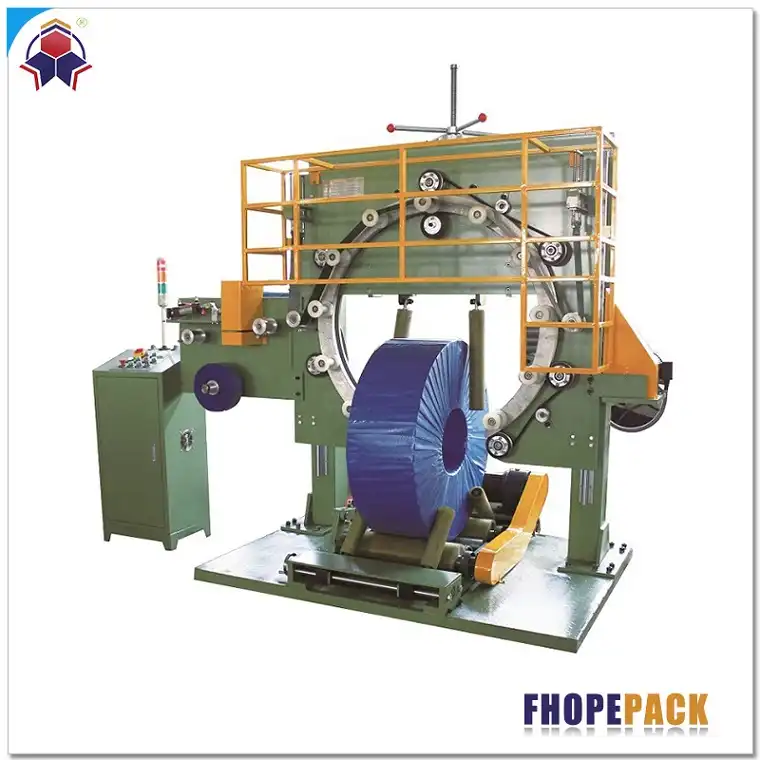Installing a new wire packing machine is both an exciting and challenging task. The promise of improved efficiency and higher throughput is enticing, but it requires careful planning to ensure the machine integrates seamlessly into existing operations. Conducting a trial run and implementing a comprehensive quality check are pivotal to achieving this goal.
As manufacturers seek to maximize productivity, ensuring the new machinery operates at its optimal capacity from the start is crucial. A meticulously planned trial run can help identify potential hiccups, while a thorough quality check ensures adherence to industry standards. These steps not only safeguard product quality but also streamline processes, saving time and resources in the long run.
Claim: Implementing a structured trial run and quality check for a new wire packing machine is essential to unlock its full potential, prevent operational disruptions, and maintain high product standards.
Why is it Necessary to Conduct a Trial Run?
Understanding the Importance of Trial Runs
A trial run serves as a preliminary assessment to verify that the new machine functions as intended. It helps to uncover mechanical issues, optimize settings, and train staff on the machine’s operation. During a trial, parameters can be adjusted to achieve the desired packing precision and speed, ensuring minimal disruption during full-scale production.
Data from Previous Trials

Analysis of historical data from previous machine integrations highlights the value of trial runs. Take a look at the table below:
| Company | Initial Downtime (Hours) | Post-Trial Downtime (Hours) |
|---|---|---|
| WireFlex Inc. | 24 | 5 |
| CableCo | 30 | 8 |
Ensuring Smooth Integration with Existing Processes
The trial run should be closely monitored, allowing operators to familiarize themselves with the machine’s nuances. Feedback collected during the trial is vital in making necessary adjustments. This step involves cross-checking with existing systems and addressing compatibility issues, which is paramount for seamless integration.
Fine-Tuning the Machine with Precision
During a trial run, calibrating the machine to match the required specifications is essential. This involves adjusting sensors, feeders, and controllers. Here’s a comparative table illustrating performance before and after calibration:
| Parameter | Before Calibration | After Calibration |
|---|---|---|
| Packing Speed (units/hr) | 500 | 750 |
| Error Rate (%) | 4.5 | 1.2 |
Two-Fact Statement
Fact One: Trials reduce unforeseen downtimes by identifying potential faults early. Fact Two: Trial runs guarantee perfect operation without the need for further adjustments. The latter is false; trial runs often highlight areas requiring fine-tuning.
What Constitutes a Comprehensive Quality Check?

Setting the Stage for Quality Assurance
A quality check is critical to ensuring that the machine’s output meets predefined standards. This involves visual inspections, performance tests, and compliance verifications. The primary objective is to certify that the machine delivers consistent and reliable results.
Key Metrics and Inspection Procedures
Quality checks incorporate various metrics, including tensile strength, packing uniformity, and error margin. The following table outlines typical benchmarks:
| Metric | Standard |
|---|---|
| Tensile Strength (N) | 1000 |
| Packing Uniformity (%) | 95 |
Delving Deeper into Quality Control Practices
Robust quality control ensures that each unit packaged adheres to stringent criteria. Implementing automated quality checks, integrating defect detection technologies, and conducting regular audits are among the best practices that enhance reliability and trustworthiness.
Summarizing Insights and Actionable Takeaways
Effective quality checks are not one-off procedures but continuous exercises that evolve with technological advancements. Below is a strategic action plan summarizing the key points:
| Action | Description |
|---|---|
| Regular Audits | Schedule periodic evaluations to maintain standards |
| Technological Upgrades | Incorporate the latest advancements to improve precision |
Conclusion
Conducting a trial run and implementing a comprehensive quality check are indispensable steps when integrating a new wire packing machine. These measures ensure operational efficiency, uphold product standards, and enhance long-term productivity. By meticulously planning and executing these processes, manufacturers can minimize disruptions and maximize output quality. Claim: A well-executed trial run and quality check establish the foundation for operational excellence and sustained success in manufacturing.

